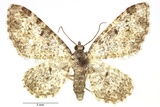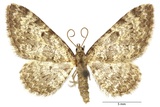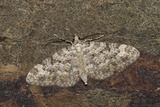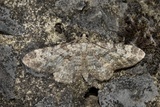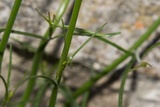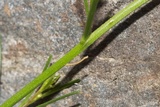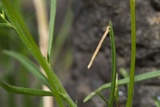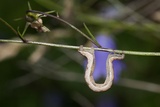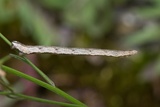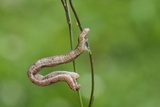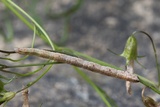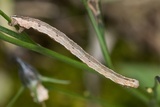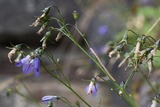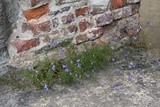Eupithecia impurata (Hübner, [1813]) Species
Last modified: Oct. 16, 2025, 12:44 p.m.
Once widespread, this very rare species has not been seen in Belgium for a long time. Discovered again in 2023 in BW with a healthy population.
Details
- Classification
- Family: Geometridae > Subfamily: Larentiinae > Tribus: Eupitheciini > Genus: Eupithecia > Species: Eupithecia impurata
- Vernacular names
- Grasklokjesdwergspanner (NL), L'Eupithécie impure (FR), Felsrasen-Glockenblumen-Blütenspanner (DE)
- Synonyms
- Eupithecia modicaria (Boisduval, 1840)
- First mention in Belgium
- De Sélys-Longchamps E. 1844. Énumération des insectes Lépidoptères de la Belgique. — Mémoires de la Société royale des Sciences de Liége 2: 1–35. On page 17 (as Eupithecia Impuraria. H.). view page
- Status
-
Native
Distribution
Bionomics
Caterpillars live from July to September and initially eat flowers, but later they need seed capsules as food and morning dew as liquid. It hibernates as a pupa. In contrast to the caterpillars, the adults are sensitive to heat. During their main flight period, temperatures are high on the rocks, during the day, resting adults are therefore always found in deep shade, often hidden far in crevices or behind ledges. The adults are active at dusk and later come to light.
Flight periods
The adults are on the wing from June towards mid-August.
Observed on
- Host plant (species):
- Campanula rotundifolia
Caterpillars are nocturnal in flowers of Campanula species, preferably Campanula rotundifolia.
